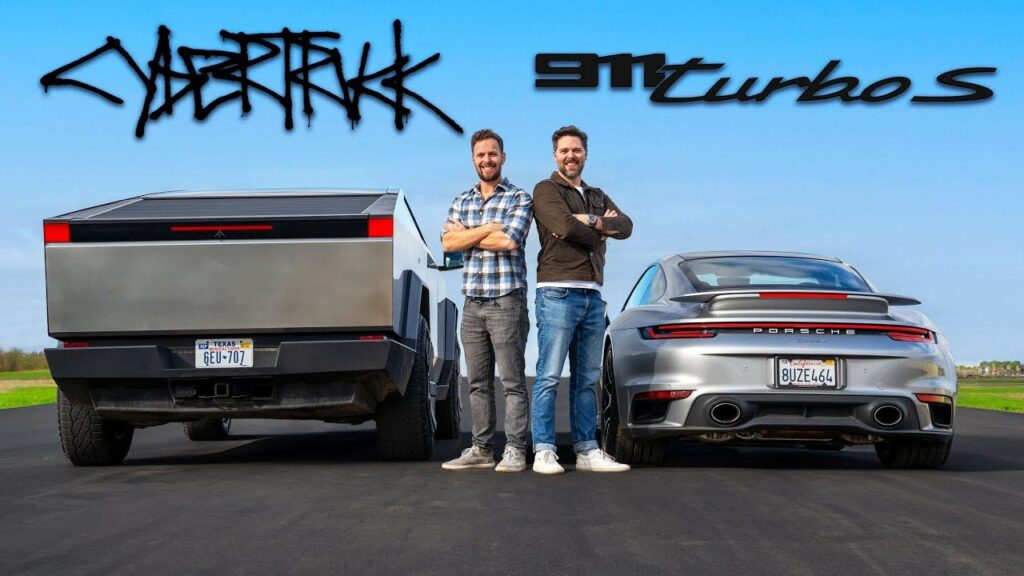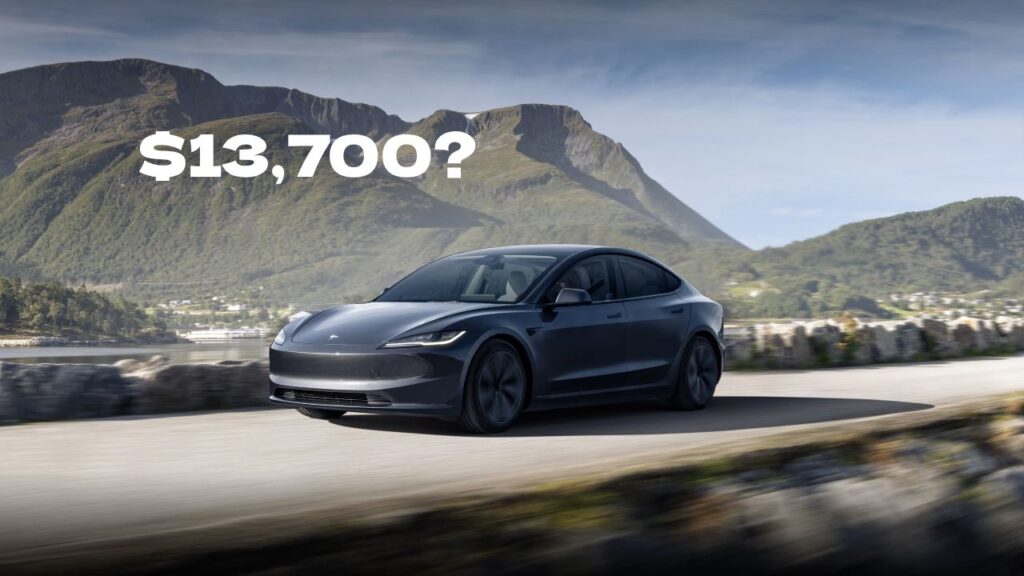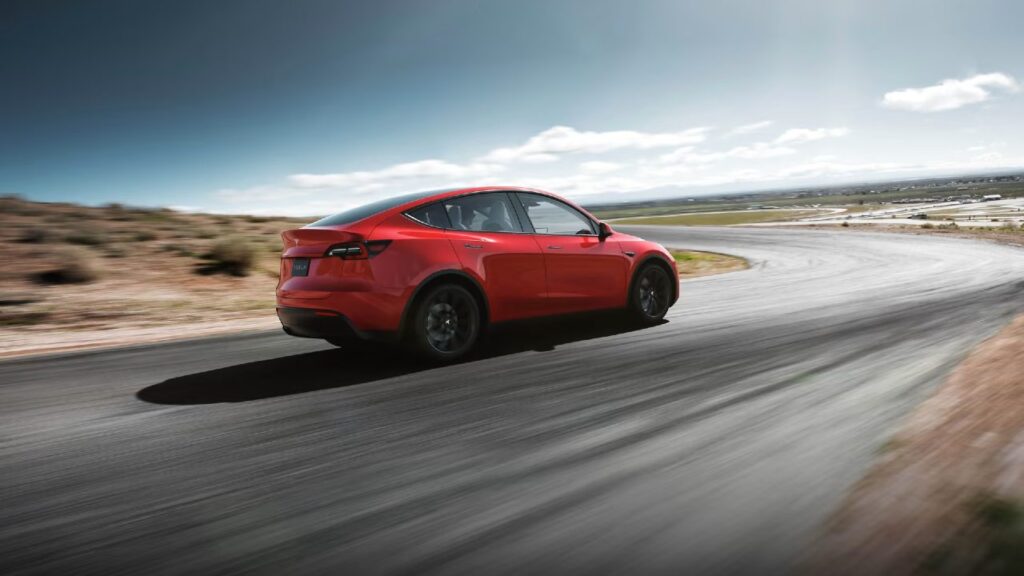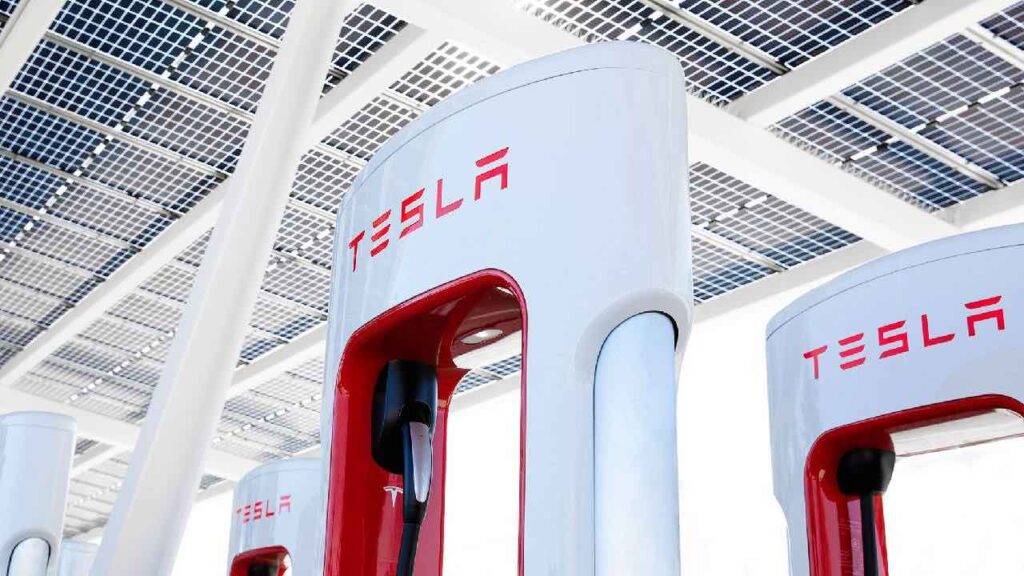Tesla Has A Special Offer To Get Delivery Of Cybertruck In 45 Days
Tesla Cybertruck created a resounding buzz in the automobile industry after the launch in December 2023. Tesla is offering a special offer which can accelerate the delivery process of the Cybertruck to just 45 days. Notably, there are a lot of Cybertruck enthusiasts who had booked it back in 2019 when it was first unveiled. However, they had to face utter disappointment for the next four years due to the delays in the launch. Now that the electric pickup truck is finally available, the delivery times are quite exorbitant. But there is a way to bypass the waiting period. You might also like: Tesla Cybertruck vs Porsche 911 Turbo S Drag Race – Guess Who Wins Tesla Cybertruck Delivery Offer As per the information relayed to the existing Tesla owners via its app, people can now redeem referral credits (30,000 credits) to fasten their Cybertruck delivery procedure. The offer was posted on the Cybertruck Owners Club forum by a certain Rodx. It read, “Be invited to configure and take delivery of your Foundation Series All-Wheel Drive or Cyberbeast within 45 days of redemption. If you miss your chance to claim, check back later— additional accelerated deliveries will be added.” Note that these credits are non-transferable. Moreover, these are just valid for the USA. Referral Credits are rewards to owners who successfully convince friends and family to buy one of the carmaker’s electric vehicles. When new buyers use a current owner’s referral code when they buy or test drive a car, both the owner and the new buyer get credits. However, not all netizens are amused by this announcement. Some of them are concerned about the already high price of the Foundation Series program which should repute a faster delivery process anyway. Others warned that the early adoption of the Cybertruck might result in people facing issues which are generally resolved later on. Some other users stated that this could lead to further delays in the deliveries of others who have reserved the futuristic-looking electric pickup truck recently. You might also like: Wheel Cover Of Tesla Cybertruck Has A Unique Problem Learn Electric Cars Says Tesla wants to ensure that it remains the biggest EV company in the world going forward. While the Cybertruck might not be a volume churner for the American EV giant like the Model Y, it would still contribute a great deal in enhancing the brand image. In fact, Tesla already claims hundreds of thousands of bookings for the Cybertruck. But it would be interesting to see how many of them actually convert to real sales. With offers like these, Tesla wants to create further excitement among the Cybertruck aficionados. In fact, it will ramp up the production as per the demand going forward. Such incentives for a quicker delivery could spur the demand further. We will witness how it affects the bookings for the electric pickup truck in times to come.










